Concussion Myths and Frequently Asked Questions (FAQ)
Concussion MYTHS:
You should stay in a dark room until you feel better.
The only thing you can do is wait.
If you feel better, your concussion must be healed.
Concussion TRUTHS:
There are so many misconceptions around concussions. But we now know that concussions need to be managed properly in order to minimize negative long term outcomes.
The reality is, like snowflakes, no two concussions are alike. There are many factors that can affect recovery including age, sex, athleticism, other health conditions, and how soon you start an appropriate rehab program.
What you do in the acute phases after sustaining a concussion and in the long term is important for returning to all the things you love.
What is a concussion? How do I know if I have one?
In layman’s terms, a concussion is any transient neurologic dysfunction caused by some force (either to the head or body). Other symptoms include confusion, disorientation, unsteadiness, dizziness, headache, and visual disturbances at the time of the incident or not too long after. A concussion is a FUNCTIONAL injury meaning if an MRI is done it is unlikely to show anything.
Do you have to be hit in the head to have a concussion?
You do NOT need to be hit in the head to sustain a concussion. A concussion is defined as: any transient neurologic dysfunction resulting from a biomechanical force. This force can be a direct hit to the head, or from a force to the body causing an acceleration and deceleration. (This is why some people who experience severe whiplash can also have a concussion, even if they never actually hit their head.)
What if I have a concussion but I was never unconscious?
While loss of consciousness is a clinical hallmark of concussion, it is NOT required to make the diagnosis. In fact, most people who sustain a concussion do not actually lose consciousness.
After my concussion, I was told to lie in a dark room and that “rest is best” — is this true?
No! While proper sleep is vital for proper healing, the brain needs appropriate stimulation in order to recover. The idea that all you can do is wait or lie in a dark room is an outdated medical view — we now know much more about the brain’s needs when it comes to recovering from concussion.
What is the best way to rehab after a concussion (or multiple concussions)?
Concussion rehab should take an individualized approach — one that considers YOUR unique health, injury history, age, sex, job, and lifestyle. Concussion rehab is NOT a one-size-fits-all program.
Rehab should also address both the brain and body!
Strategies may include a combination of neuro- or brain- based rehab, such as vestibular therapy (which addresses symptoms of dizziness, vertigo, imbalance, and more), and visual therapy (treatment based on eye exercises).
Strategies may also include nutrition and supplementation, mindfulness strategies, aerobic exercise, and discussion and planning around return to work and play.
This rehab approach, practiced by Rehab Lab, is based on the most recent evidence around concussion recovery.
A gradual approach is best. The unfortunate fact is that many people who begin to feel better in recovery will push themselves too much too soon, and end up feeling worse and “re-concussed.” This is also why it’s so important to have the right support — because concussion rehab is not as straightforward as healing a broken bone, for example.
I was concussed years ago but still don’t feel quite right, can you help?
Yes! Thanks to neuroplasticity (the brain’s ability to continuously change) and what we currently know about the brain, there is always hope. The Rehab Lab takes a multifaceted approach to empower you to have the best possible years ahead. Even if you had a concussion from years ago — you can still seek improvement! While we can’t change the past, we CAN influence the future and ensure you make the right decisions for healthy brain aging.
